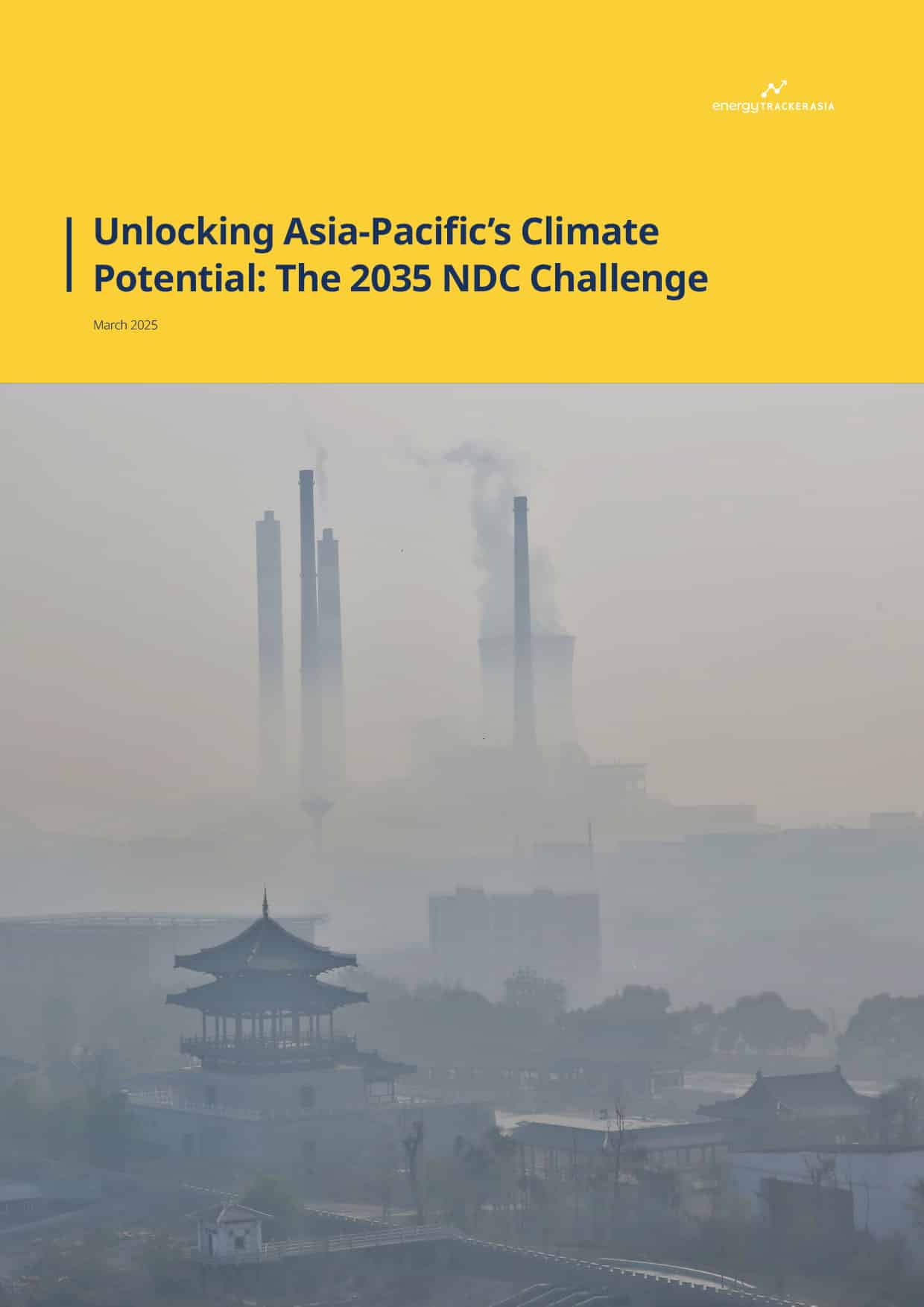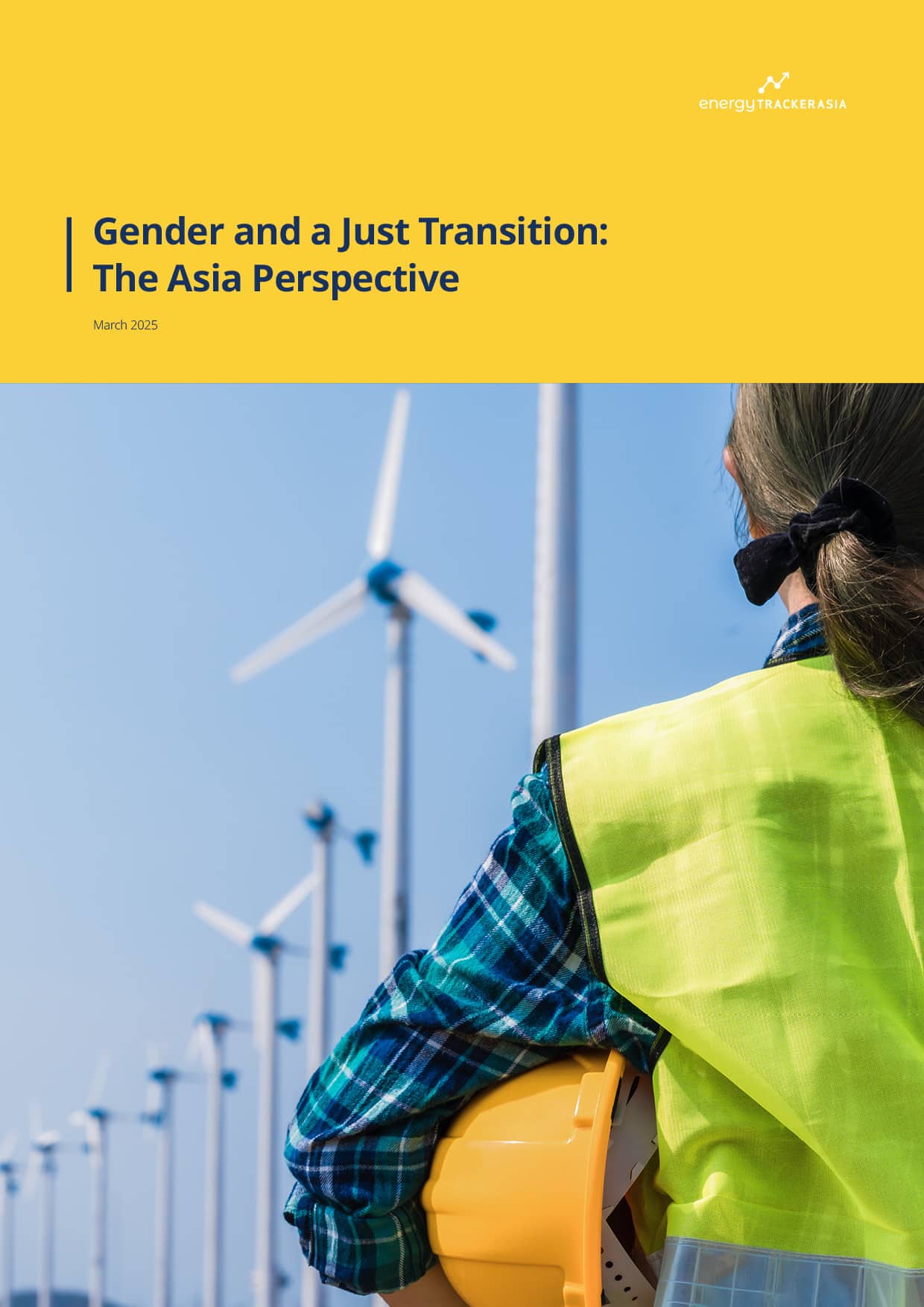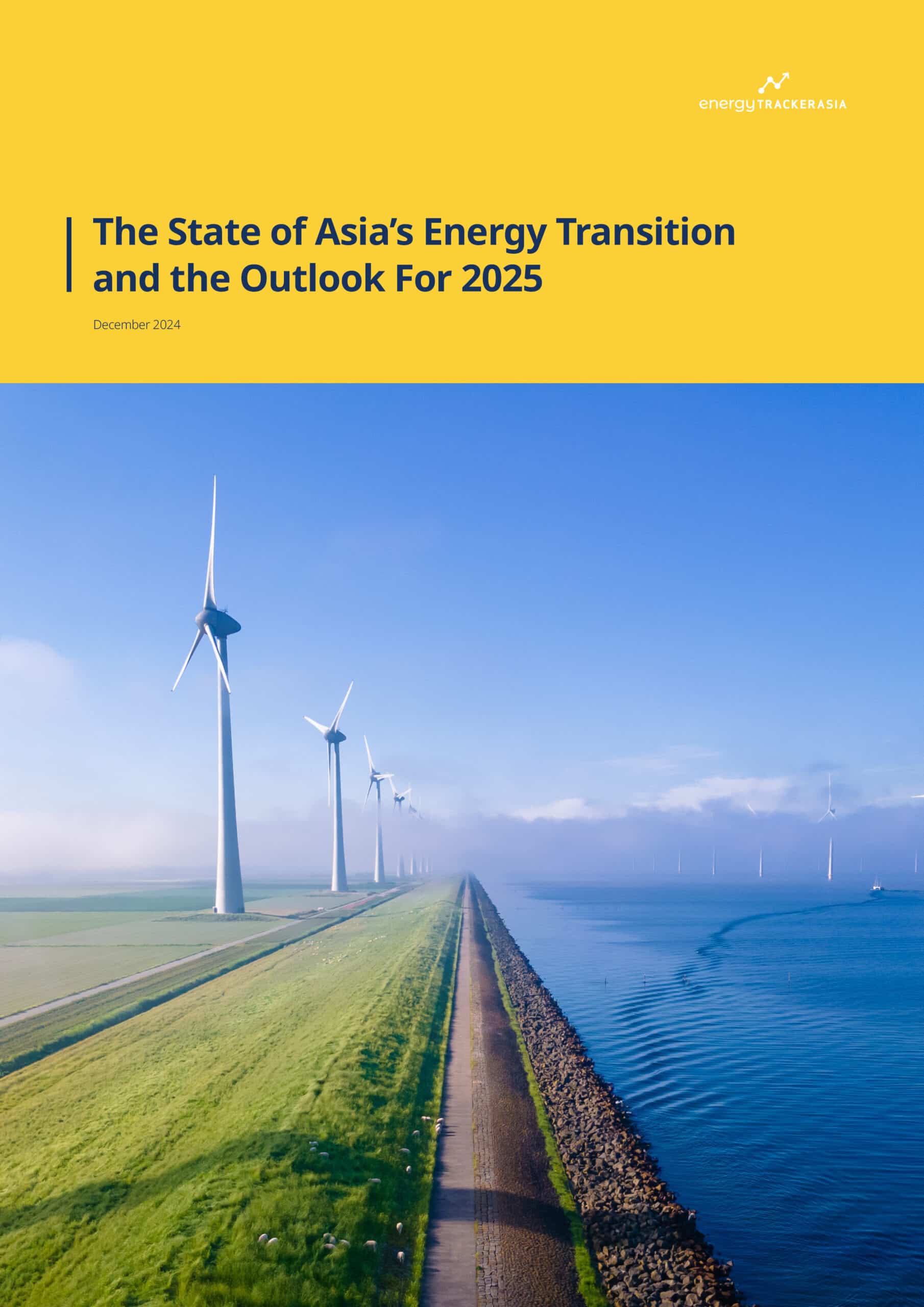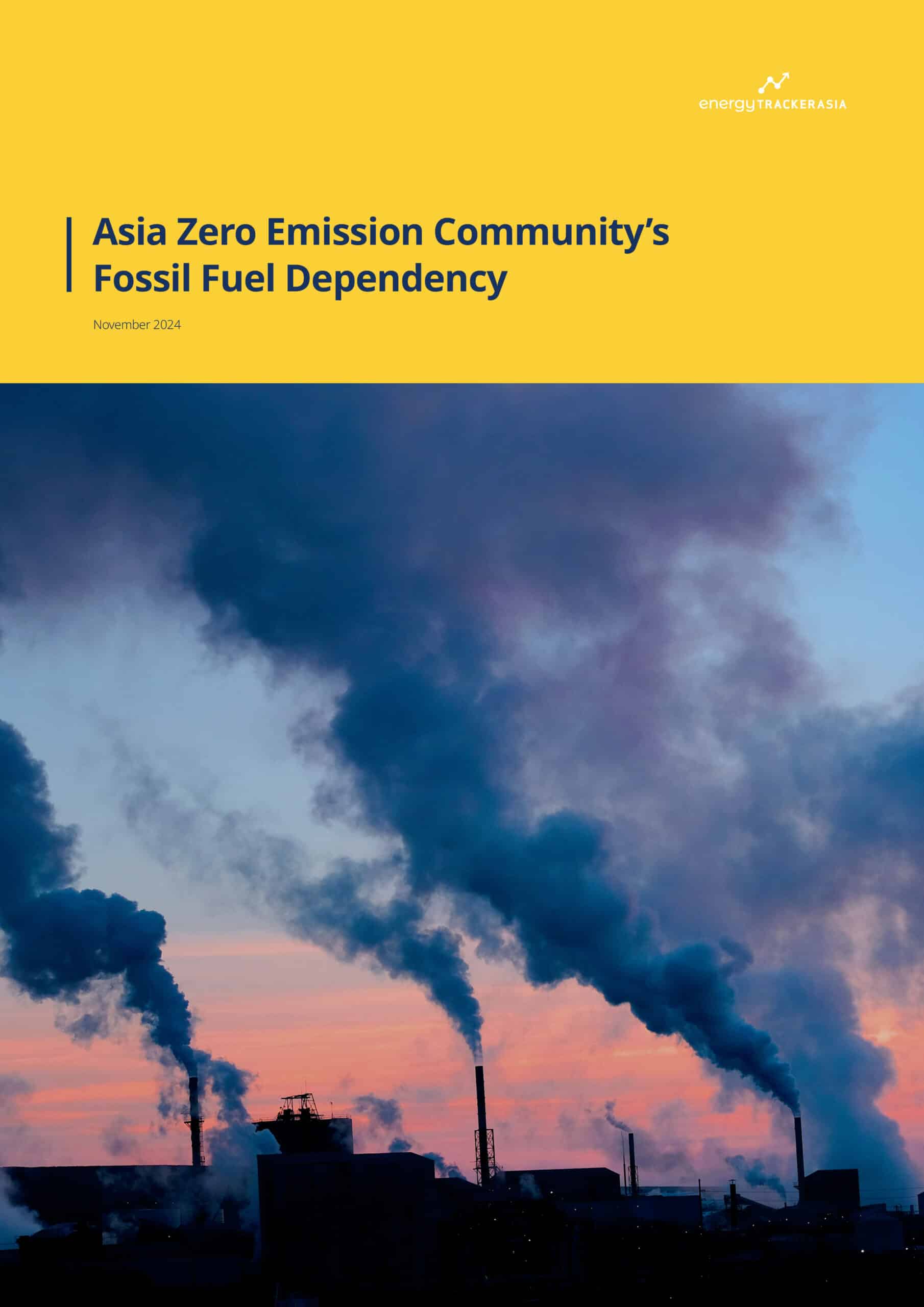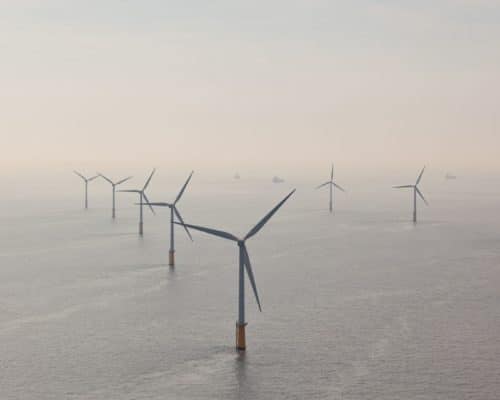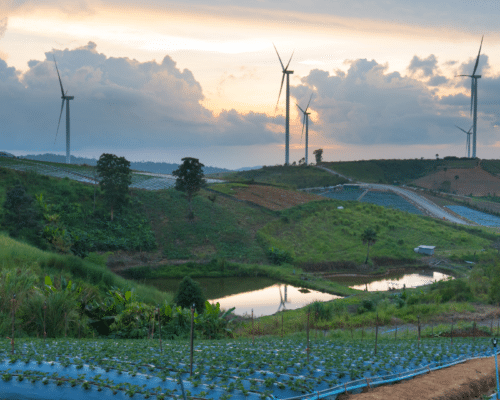China’s 2035 NDC: Emissions to Drop 7-10%, Analysts Concerned
27 October 2025 – by Viktor Tachev
China has been responsible for 90% of the emissions growth over the last decade, which is why its 2035 NDC submission has been among the most anticipated events for global climate action to date. The document, which many saw as capable of helping determine whether the world will stand a chance of retaining the Paris Agreement goal alive, was released in September. However, instead of inspiring confidence, the unambitious targets left many experts concerned. Still, over the years, China has demonstrated that it can go above and beyond its pledges to pursue and deliver what makes economic, environmental and societal sense. And climate action, green technologies and phasing out fossil fuels do.
China’s NDC Pledges 7-10% Reduction in Greenhouse Gas Emissions by 2035
On Sept. 24, China’s President Xi Jinping announced China’s new national climate plan during the UN Secretary-General’s Climate Summit in New York City. The plan targets an economy-wide, 7-10% cut in emissions by 2035 from peak levels.
China also declared its ambition to raise the share of non-fossil fuel power sources in total energy consumption to over 30%. Importantly, the country aims to expand wind and solar power capacity to over 3,600 GW or six times the 2020 levels.
The NDC also pledges to make new energy vehicles (NEVs) the “mainstream” in new car sales in the country, as well as to expand the national emissions trading scheme to major high-emitting industries. The document also mentions the idea of establishing “a climate-adapted society”.
Analysts Warn Targets Are Weak and See Glaring Gaps and Omissions
With a population of over 1.3 billion, China is among the most affected by the adverse impacts of climate change. Still, the pledged 7-10% emission reduction goal falls short of 28-37%, a range that experts see as critical for aligning with the Paris Agreement and getting on track to carbon neutrality before 2060.
“Beijing is choosing to tiptoe forward when science calls for a full sprint. The pledge would still put the world on a pathway to catastrophic climate impacts,” said Kate Logan, director at China Climate Hub at the Asia Society Policy Institute.
According to E3G, a glaring omission in the document is the fact that the NDC doesn’t specify a peak year or cap for emissions. The analysts view this as a potential loophole that could grant local authorities a free pass to increase emissions until 2030. Lauri Myllyvirta, co-founder and lead analyst at Centre for Research on Energy and Clean Air (CREA), also notes that the headline target leaves the base year for the emission reductions undefined and keeps the door open to near-term increases in emissions.
Furthermore, the phrasing includes “net emissions,” which, according to E3G, leaves room for China to rely on carbon sinks or removals to pad its reductions.
“China’s 2035 target of just 7-10% falls critically short of what’s needed; it’s neither aligned with China’s economic decarbonisation potential nor its own 2060 carbon neutrality goal,” said Kaysie Brown, associate director of Climate Diplomacy & Governance at E3G. “China, as a clean tech power house, chose to downplay its potential.”
As of 2024, non-fossil fuel power sources already accounted for 19.8% of China’s energy mix, well on track to surpass the official 2025 goal of 20% and the 2030 goal of 25%. This means the new target (30% by 2035) doesn’t signal strong ambition. Furthermore, the target for making new EVs the “mainstream” in new car sales, where they already hold a 40.9% share, lacks a binding percentage cap on internal combustion engine vehicles.
The NDC also fails to revisit earlier commitments on carbon and energy intensity, coal consumption or limits on new coal power plants, where China has struggled to progress.
“Given the current geopolitical situation, the world looked to China for leadership on climate action. Unfortunately, China fell short of delivering,” said Christine Shearer, research analyst for the Global Coal Plant Tracker at Global Energy Monitor. “While it had the potential to lead, its coal consumption may only see a slight decline this year, or at best, plateau. Although China is making progress and bending the curve, it missed a critical opportunity to lead in the diplomatic arena.”
China’s 2035 NDC as a Foundation to Build Upon
While experts expected more from China and the pledges in the NDC aren’t ambitious enough to align with the Paris Agreement’s goals, the country’s leadership has repeatedly proven that it doesn’t settle once its targets are achieved. Just the opposite — if the economic case is there, China would continue deploying renewables en masse and develop and export green technologies all over the world, effectively moving away from fossil fuels and sparing the energy security and stranded asset risks associated with them.
According to Ember, this has been the case in recent years, with the clean energy transition already reducing China’s dependence on imported fossil fuels, lowering energy costs, stimulating growth and job creation and generating export markets. For example, in 2024 alone, green technologies were responsible for up to 10% of China’s GDP and accounted for a quarter of its economic output. In fact, without the sector’s contribution, the country would have failed to meet its 5% GDP growth target for the past year.
“With its booming renewable sector, climate ambition is now squarely in the country’s self-interest,” said Andreas Sieber, associate director of Policy and Campaigns at 350.org.
Clean Energy Technology Development in China
China’s scale of development and deployment of green technologies, including solar PV, wind, electric vehicles and battery storage, have driven down their costs by up to 90%. Thanks to this, 91% of newly commissioned wind and solar facilities globally are now cheaper than the cheapest available form of fossil fuel generation. With Chinese factories producing approximately 60% of the world’s wind turbines and 80% of solar panels, national policies and investments remain the primary drivers of global price reductions.
In 2024 alone, China invested USD 625 billion in clean energy or 31% of the global total. Furthermore, clean energy growth led by solar and wind met 84% of the country’s electricity demand growth in 2024. In the first half of 2025, it exceeded demand growth, resulting in a 2% reduction in fossil fuel use.
Petter Lydén, head of International Climate Policy at Germanwatch, remains optimistic that China’s NDC targets will put an end to its emissions growth policy.
“This is a historic turning point for such a large emitter, putting pressure on Germany and the EU to take action. The commitment to absolute emissions reductions is a qualitative leap. The targets set are far from sufficient, but the growth of renewables and electrification that is within sight in the country brings far more ambitious emissions reductions within reach.”
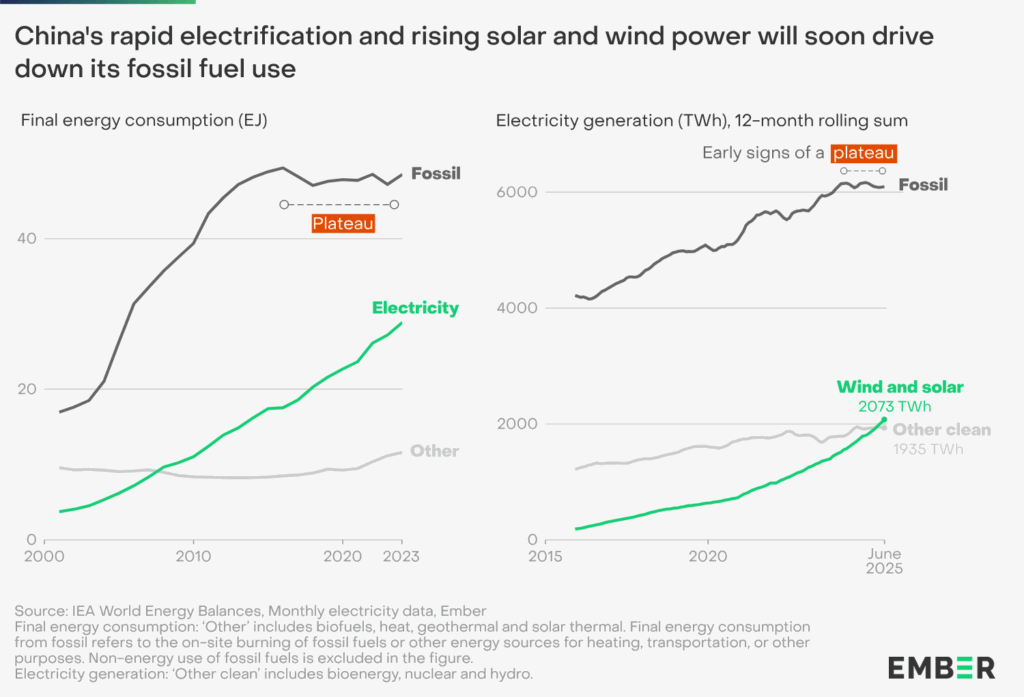
Experts also believe the signals from China will inspire others to take action. China has repeatedly vowed to step up and fill the void left by the US in the global climate action movement.
“My bet is other countries will read the writing on the wall – recognise China is fully committed and be reassured as they seek to shift off fossil fuels,” says Bernice Lee, distinguished fellow and senior advisor at Chatham House.
Based on the progress achieved in recent years, China’s NDC target of 3,600 GW of clean energy by 2035 is well within reach. According to Ember, currently, the country has over 1,400 GW of wind and solar capacity, meaning it should more than double today’s capacity levels within a decade. This has already happened once, with wind and solar generation capacity more than doubling in the three years to 2024. At the start of 2025, the combined wind and solar capacity surpassed that of coal. Battery deployment also tripled in three years, with China adding more in 2024 than the US and EU combined.
“This 2035 target offers little assurance to keep our planet safe, but what’s hopeful is that the actual decarbonisation of China’s economy is likely to exceed its target on paper. Looking at the amount of wind and solar entering China’s energy mix, there is every reason to believe that China’s economy will continue to decarbonise,” said Yao Zhe, global policy advisor at Greenpeace East Asia.
Furthermore, according to a CREA analysis, with stronger targets, China’s clean-energy industries could double in value by 2035, adding CNY 15 trillion (USD 2.1 trillion) to the economy and delivering one-fifth of the growth the country needs to hit its prosperity goals.
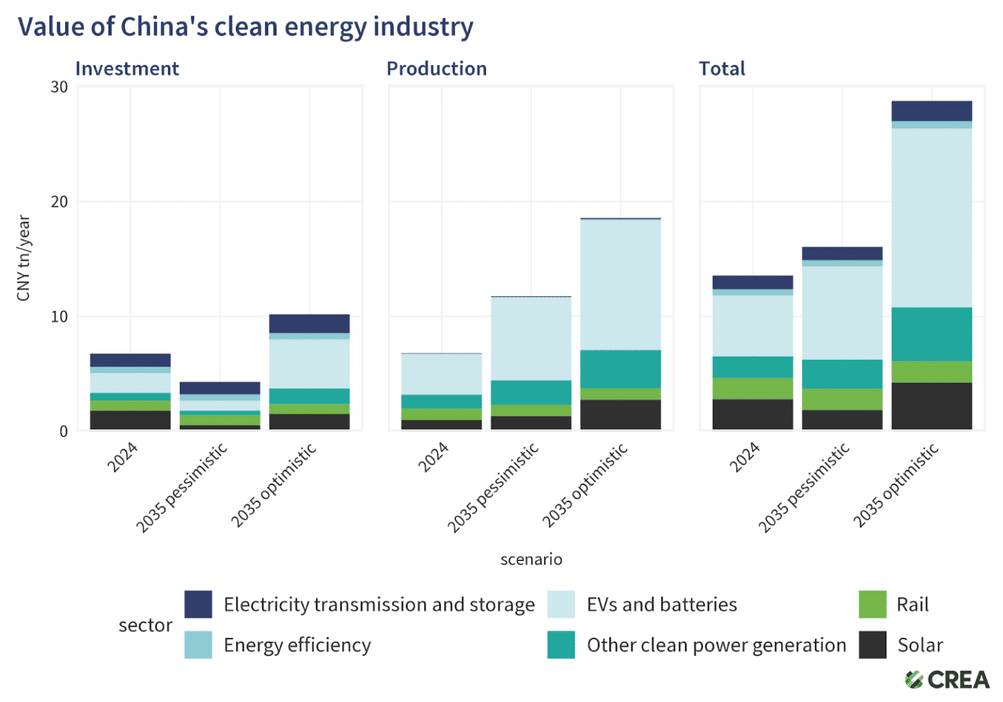
Ember even notes that China’s surge in renewables and whole-economy electrification is so significant that it is rapidly reshaping energy choices for the rest of the world, creating the conditions for a decline in global fossil fuel use. In 2030, the country’s projected solar manufacturing capacity (1,255 GW) will be 65% higher than global solar rollout in 2030 in the IEA’s Net Zero Roadmap (761 GW).
Furthermore, the experts find that today, Chinese companies account for around 75% of global clean energy patent applications, compared to just 5% in 2000. These investments are driving dramatic cost reductions worldwide in key technologies, such as wind turbines, solar panels, storage batteries and electric vehicles. The benefits are increasingly being felt in emerging markets, many of which are overtaking OECD countries in wind and solar generation share and in electrification.
Simon Stiell, executive secretary of UN Climate Change, says that China’s updated NDC shows that the acceleration of climate action, manufacturing and deployment will continue and increase.
“The scale of investment implied by these energy targets is unprecedented. It will lower costs and drive innovation in China and around the world, which is essential if we are to see the further step changes in clean energy deployment we need. So, today’s news is a clear signal that the future global economy will run on clean energy.”
China’s 2035 NDC as a Floor, Not a Ceiling
Considering that the economic, climate, and geopolitical arguments for an accelerated decarbonisation and clean energy transition are present, there is no reason to believe that China will stop once it has achieved the targets set in its 2035 NDC. While the document reflects current thinking, it is worth noting that the country has a history of setting conservative targets just to crush them later.
After conducting a series of interviews with experts for its dedicated report reviewing China’s energy transition in 2025, Ember sees evidence of an internal realisation within the country that the old paradigm centred on fossil fuels has run its course, and is incompatible with today’s reality. The experts note that the goal of the Chinese government is to establish an “ecological civilisation,” which simultaneously delivers on economic, social and environmental goals. President Xi stated, “Instead of talking the talk, we must walk the walk. We must turn our goals into tangible results through systematic policies and concrete measures.”
In light of this, it is increasingly important for stakeholders from the public and private domains to take cues from China’s actions in the years leading up to 2030, rather than the finer points of its NDC. The NDC itself won’t provide a final declaration or demonstrate the utmost ambition that we can expect from a country used to breaking records. Instead, it can be viewed more as a floor, not a ceiling.
“Now the real test lies in the next Five-Year Plan, which must go further: phasing out coal, accelerating renewables, and ensuring frontline communities benefit from the energy transition,” says Sieber. “China has often under-promised and over-delivered.” It’s time to do that once more.
by Viktor Tachev
Viktor has years of experience in financial markets and energy finance, working as a marketing consultant and content creator for leading institutions, NGOs, and tech startups. He is a regular contributor to knowledge hubs and magazines, tackling the latest trends in sustainability and green energy.
Read more